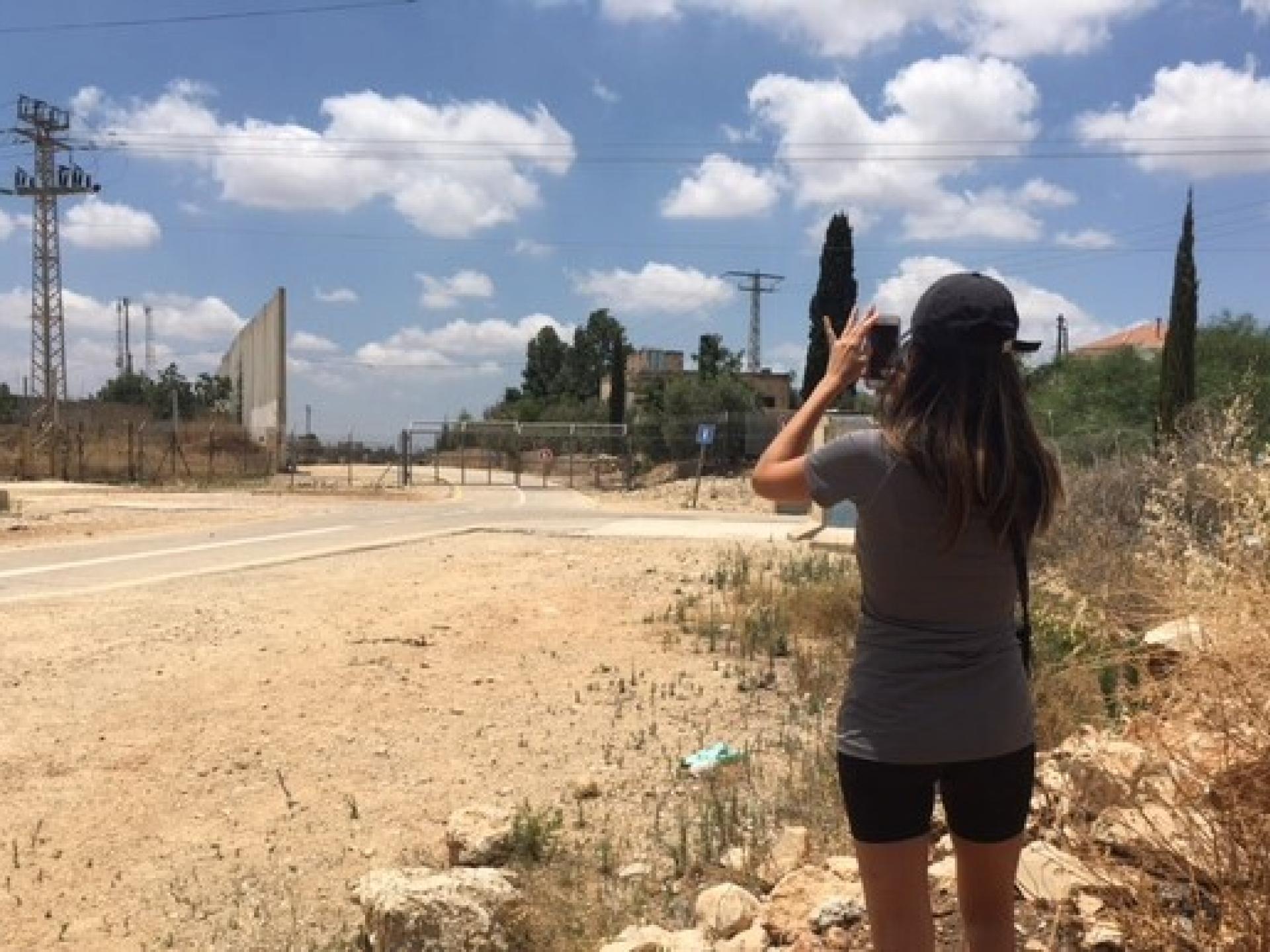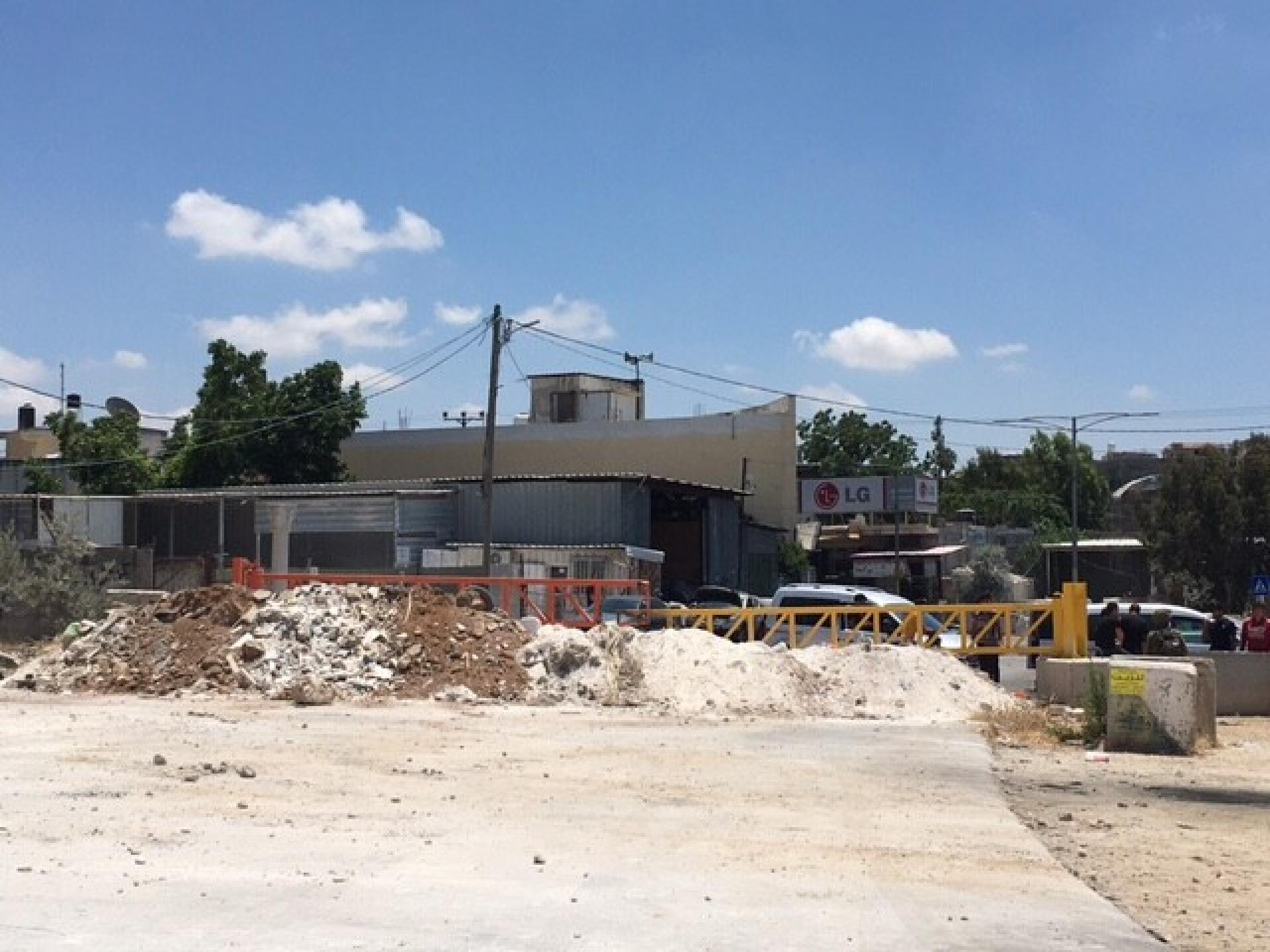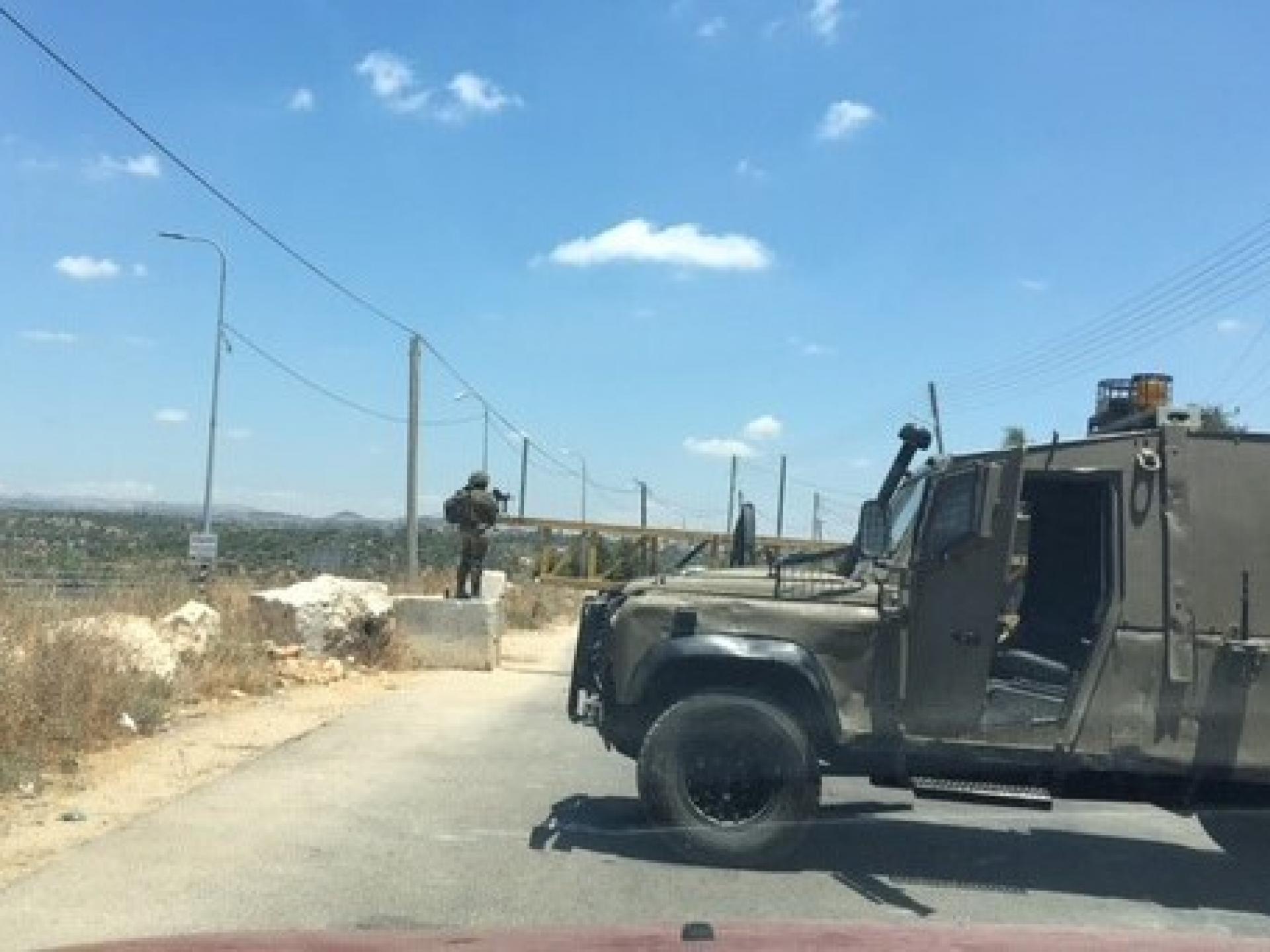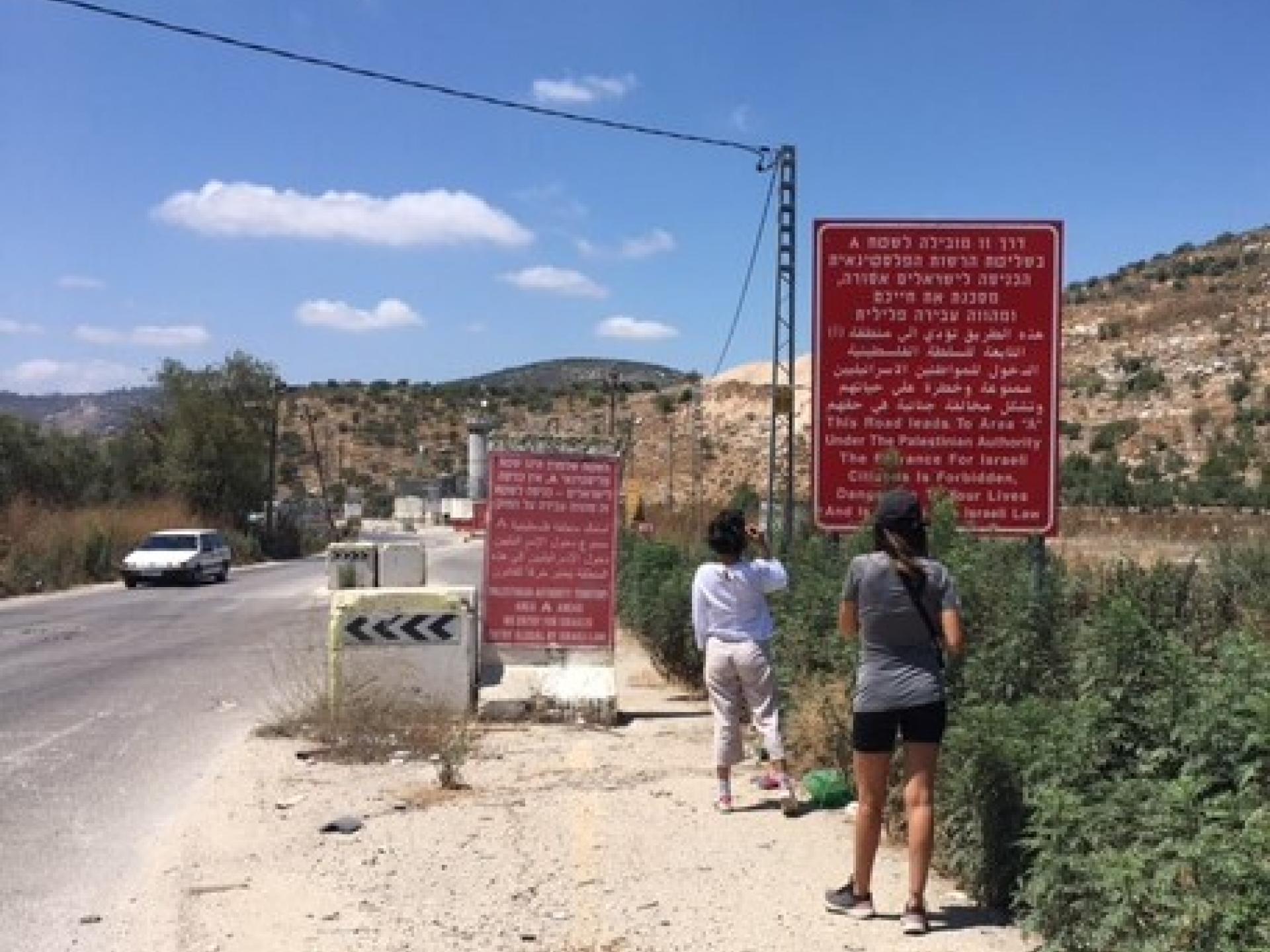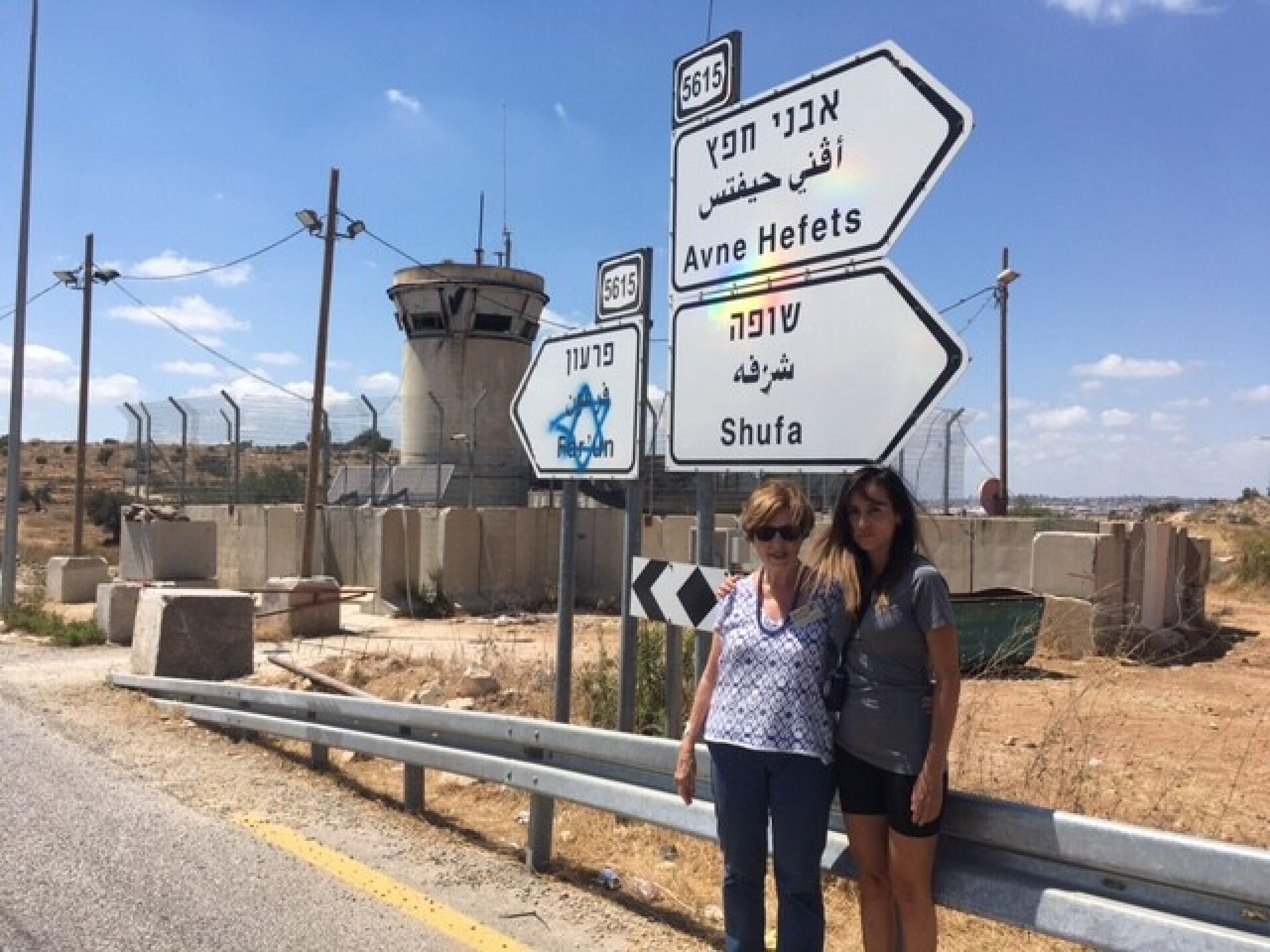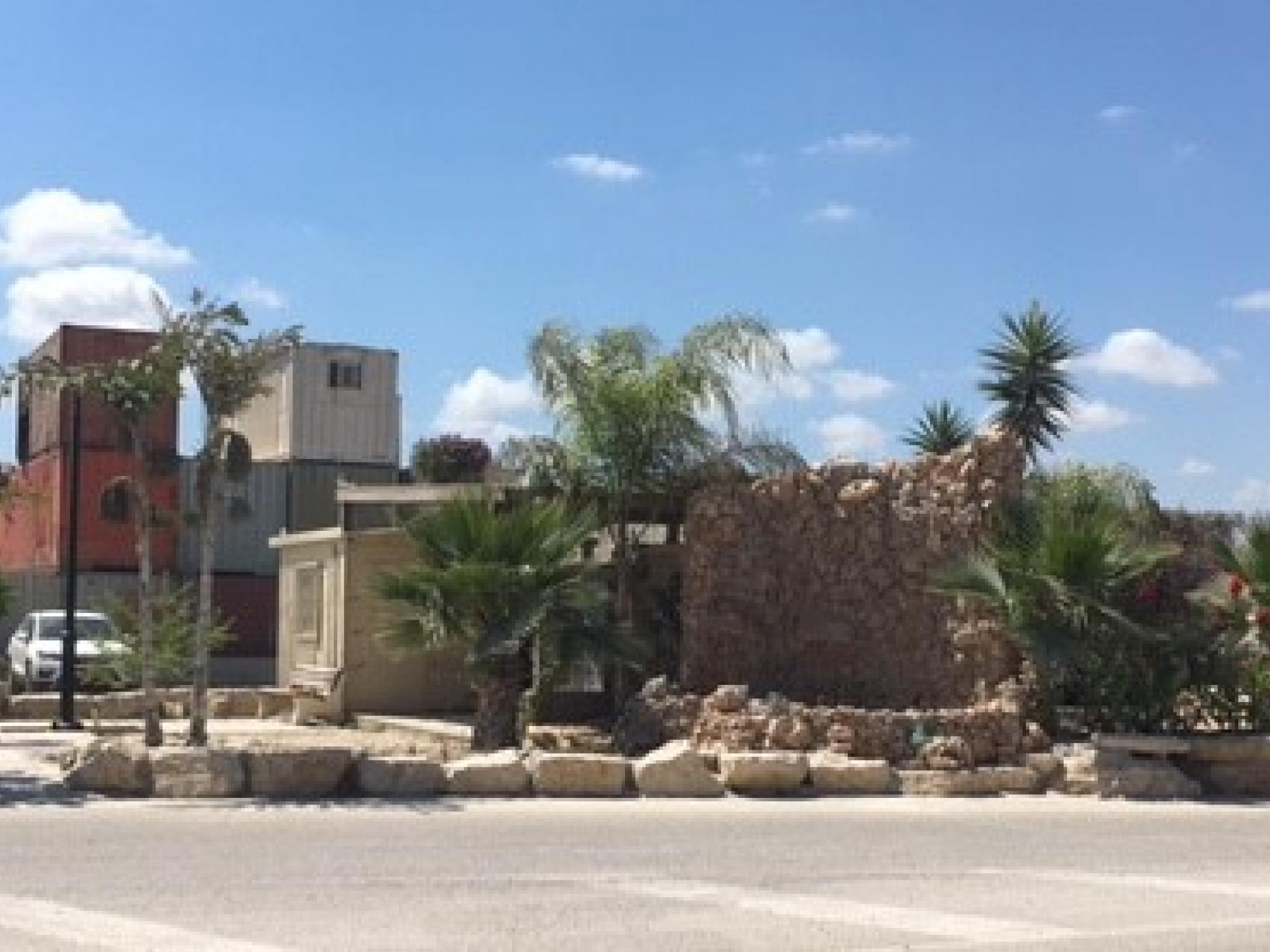‘Azzun is cut off - Collective punishment
Collective punishment: ‘Azzun is cut off after a woman was injured by thrown stones on Highway 55.
We had planned to visit Z. in ‘Azzun and reach the Falamya checkpoint around 13:30, when the army is scheduled to open it. At 9 AM Z. told us not to come. We began our shift at the Maskha/Sha’ar Hani checkpoint. The infrastructure work in the area is extensive. Parking spots have been painted in white on the paved road leading to the gate. A gate blocks the security road between Beit Hani and the separation wall.
The main entrance to ‘Azzun looks unreal, like the blockades we remember from earlier years. One female and four male soldiers stood on the side next to a group of young ‘Azzun residents. An officer explained that a woman had been injured yesterday, adding: “Children throw stones and the entire village is punished.” He told us he’s in the Engineering Corps, and he’s required to follow orders – close the entry. He doesn’t enter the village or arrest people; he wants only for everyone to live quietly and peacefully. When we told him we wanted to visit a friend in ‘Azzun and continue to Falamya he suggested we go via Nabi Ilyas and tell them we’re going to Falamya.
The road was also blocked at the entrance from Nabi Ilyas. Soldiers with drawn weapons permitted some people to cross on foot. I explained we wanted to go through to reach Falamya; the officer said it was impossible, but if it’s important we could go via Al Funduq and Khajeh. I was surprised by how familiar these soldiers were with the area, compared to those we meet at the agricultural checkpoints. We continued to Funduq. I knew about the problem of house demolitions there from work on the documentary “Area C,” but there was no point in continuing to Falamya because it was past the time scheduled for it to open. We drove via Jitt junction to the Anabta checkpoint.
Cars slalom through the concrete barriers and large signs warn against entering Area A. Many of the cars going through had yellow license plates. We continued to Shufa; I told of Tzvia, who’d brought electricity to the village, and about the absurd, massive checkpoint built between two portions of the village, even though, most of the time, people go through it freely. We returned to Israel via Te’anim checkpoint and turned north to the merchandise crossing at Sha’ar Efrayim and the Irtach checkpoint, where a few workers had begun returning, as well as larger groups who’d arrived by bus. Our guests returned from the tour pretty depressed, and even though we hardly spoke with Palestinians they said they could feel the weight of the occupation.

